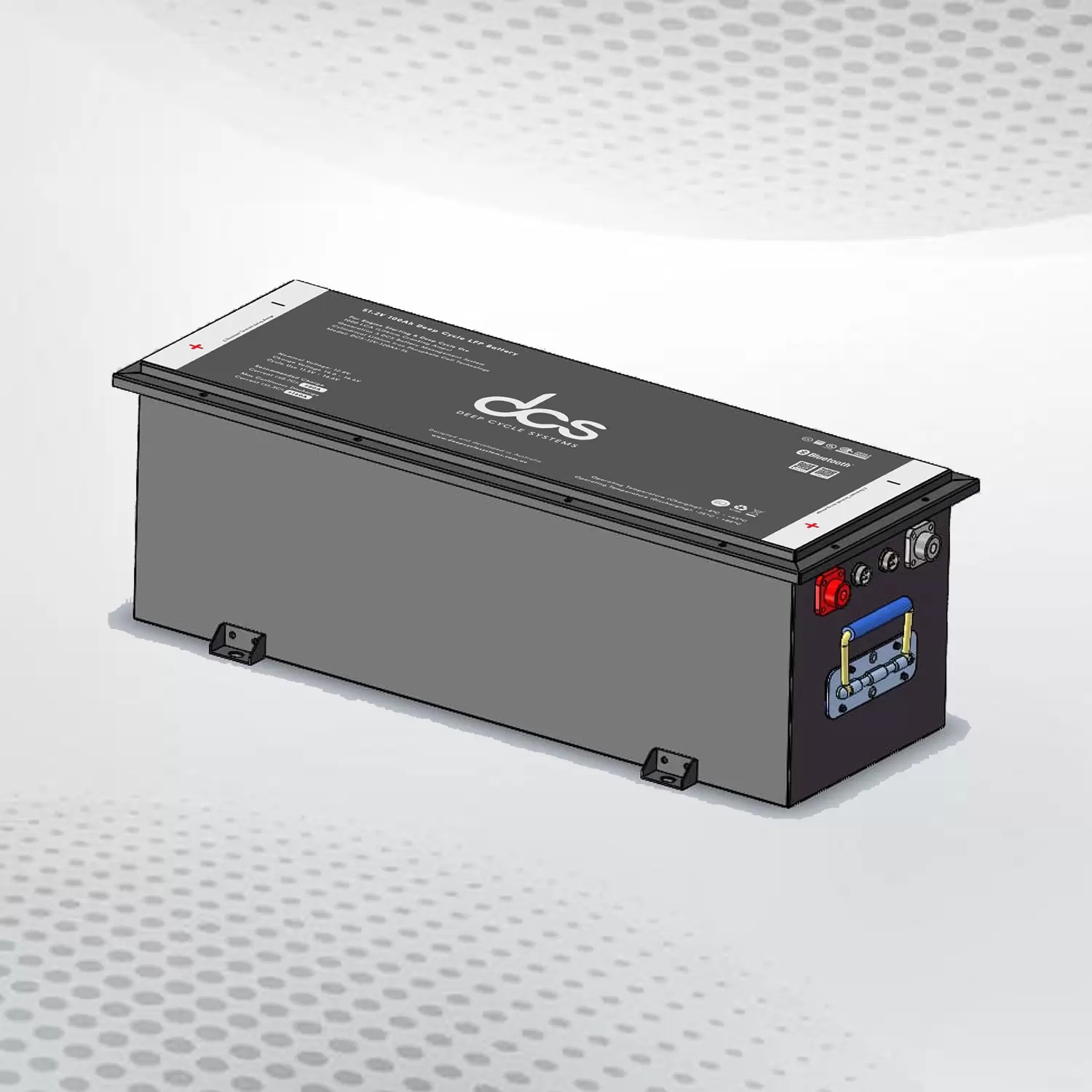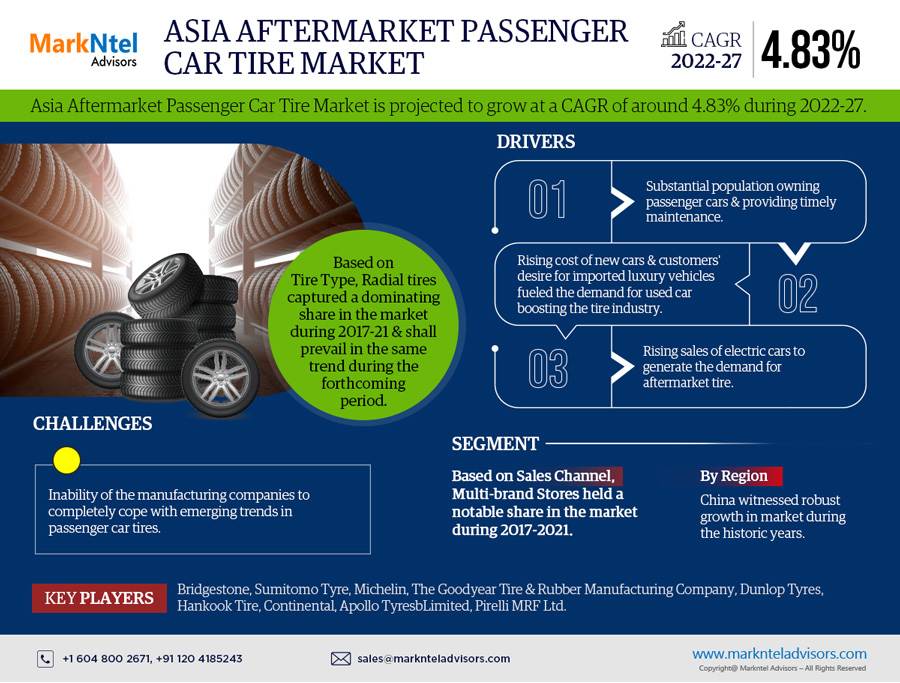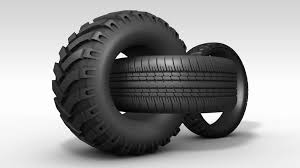If you’re looking to harness the sun’s energy while maximizing efficiency, a Stand Alone Solar Battery System might be just what you need. With increasing concerns about energy costs and environmental impact, more people are turning to renewable resources for their power needs. This innovative solution not only stores solar energy but also ensures that your home runs smoothly with minimal waste. With advancements in technology, optimizing your solar setup has never been easier or more effective.
Use MPPT Charge Controllers for Improved Energy Harvesting
Maximizing energy harvesting is vital for getting the most out of your stand-alone solar battery system. One effective way to achieve this is by using Maximum Power Point Tracking (MPPT) charge controllers. These advanced devices optimize the power output from your solar panels, ensuring that every ray of sunlight is utilized efficiently.
Unlike traditional charge controllers, MPPT units constantly adjust their operating points to match the changing conditions throughout the day. This means they can capture more energy, especially during cloudy periods or when temperatures fluctuate. The result? Increased overall efficiency and faster charging times for your batteries.
Moreover, MPPT controllers are designed to work seamlessly with various panel configurations and voltages. Whether you have a small setup or a larger array, these systems adapt effectively without compromising performance. Investing in an MPPT charge controller could significantly enhance the functionality of your stand-alone solar battery system while lowering long-term costs associated with energy production.
Install Efficient Inverters to Minimize Energy Loss
Installing efficient inverters is essential for minimizing energy loss, especially in solar and renewable energy systems. Here are some key considerations to ensure optimal performance and reduced energy waste:
Choose High-Efficiency Inverters
Select inverters with high-efficiency ratings, ideally above 90%. This ensures that most of the energy generated by your system is converted into usable power with minimal loss. Look for inverters that match your system’s power requirements.
Match Inverter Capacity to System Size
Ensure that the inverter is correctly sized for your energy system. Oversized or undersized inverters can lead to inefficiencies, as they may either not fully utilize the generated power or struggle to handle the energy load, resulting in energy loss.
Opt for String or Micro Inverters
String inverters are common in larger systems, while microinverters (one inverter per panel) can be more efficient in smaller, distributed systems. Microinverters are particularly beneficial in areas where shading or panel orientation may reduce efficiency.
Install Inverters in Cool, Dry Locations
Install inverters in cool, well-ventilated areas to prevent overheating, which can reduce efficiency. Ensure the area is dry to protect the inverter from moisture damage.
Regular Maintenance and Monitoring
Maintain inverters regularly by checking for dust accumulation, ensuring proper ventilation, and updating software or firmware when necessary. Use monitoring systems to track the inverter’s performance and detect inefficiencies or faults early.
Regularly Monitor Best Stand Alone Solar System Voltage and Health for Efficiency.
Regularly monitoring the voltage and health of your Best Stand Alone Solar System is crucial for optimal performance. Keep an eye on the battery voltage levels to ensure they remain within recommended ranges. This not only maximizes efficiency but also extends the lifespan of your batteries.
Invest in a reliable monitoring system that provides real-time data. Many modern systems come with apps or dashboards, making it easier to track performance from anywhere. Being proactive can help you catch potential issues before they escalate.
Check connections and terminals regularly for signs of corrosion or wear. A simple inspection can prevent significant energy losses and costly repairs down the line. Clean connections as needed to maintain efficient energy flow. Don’t neglect temperature conditions either; extreme heat or cold can affect battery performance dramatically. By staying vigilant about these factors, you’ll keep your stand-alone solar system running smoothly and efficiently.
Integrate Energy-Saving Appliances to Reduce Power Draw
Integrating energy-saving appliances into your home can significantly reduce the power draw from your stand-alone solar battery system. These devices are designed to consume less electricity while providing the same functionality as their traditional counterparts. From LED light bulbs to Energy Star-rated refrigerators, there’s a wide array of options available.
When you replace conventional appliances with energy-efficient models, you’ll notice a substantial decrease in energy consumption. For instance, using smart thermostats can optimize heating and cooling systems based on usage patterns, further decreasing the overall demand for your solar battery.
Moreover, using energy-saving appliances not only benefits your solar setup but also translates into lower utility bills if you’re connected to the grid. This dual advantage makes them an excellent investment for any eco-conscious homeowner looking to maximize efficiency. Consider doing some research before purchasing new appliances. Look for features that highlight reduced power use without sacrificing performance or comfort in your daily life.
Maximize Daylight Hours to Fully Charge Batteries
To harness the full potential of your stand-alone solar battery system, maximizing daylight hours is crucial. Positioning solar panels strategically can make a significant difference. Opt for locations that receive unobstructed sunlight throughout the day. Even slight shading from trees or buildings can drastically reduce energy capture.
Consider adjusting the angle of your solar panels to optimize sun exposure based on seasonal changes. A tilt can enhance their efficiency, allowing them to absorb more light during peak hours. Regularly check panel positions and adjust as necessary to align with the sun’s path.
In addition, timing plays an important role in charging efficiency. Track weather patterns and anticipate cloudy days by storing extra energy beforehand. This foresight will help ensure you have enough power when sunlight is less abundant. Utilizing monitoring tools allows you to analyze daily performance trends effectively. These insights will facilitate better adjustments over time, leading to improved battery charge levels and overall system functionality.
Ensure Proper Stand Alone Battery Systems Storage to Maintain Charge Capacity
Proper storage of your Stand Alone Battery Systems is crucial for maintaining its charge capacity. Choosing the right environment can significantly influence battery longevity and performance. Ideally, batteries should be stored in a cool, dry place away from direct sunlight to prevent overheating.
Temperature fluctuations can impact battery chemistry adversely. Extreme heat or cold can lead to faster degradation and reduced efficiency. Keeping batteries at a stable temperature between 20°C (68°F) and 25°C (77°F) is generally recommended.
Additionally, ensuring good ventilation during storage helps dissipate any gases that may accumulate. This practice reduces risks associated with pressure buildup, which could affect functionality over time. Regular checks on connections and terminals are also vital. Loose or corroded connections can hinder energy flow and diminish overall efficiency when needed most.
Utilize Smart Energy Management Systems for Optimal Use
Smart energy management systems are game-changers for maximizing the performance of your stand-alone solar battery system. These innovative solutions can help you monitor energy consumption in real time and adjust usage accordingly. With detailed analytics, users gain insights into peak demand times, allowing them to optimize energy use throughout the day.
Automation is another significant advantage. You can set preferences for when to draw from your batteries versus when to use grid power or solar generation directly. This reduces unnecessary strain on your battery system while ensuring that you’re using renewable resources effectively.
Many smart systems also offer remote access via mobile apps, making it easy to control settings from anywhere. This flexibility means you can adapt quickly if conditions change, like unexpected weather patterns affecting sunlight availability. These systems often integrate with other smart home technologies. By syncing appliances and devices with your energy management system, you further enhance efficiency and create a seamless living experience focused on sustainability.
Regularly Clean Stand Alone Battery for Uninterrupted Energy Flow
Cleaning your Stand Alone Battery system is essential for maintaining optimal performance. Dust, debris, and corrosion can accumulate over time, hindering energy flow. A clean battery not only looks better but also operates more efficiently.
Begin by checking the terminals and connections. If you notice any signs of rust or buildup, use a mixture of baking soda and water to gently scrub them away. This simple step can significantly improve conductivity and prolong the life of your batteries.
Next, inspect the exterior surfaces for dirt or grime. Wipe down the casing with a damp cloth to remove any contaminants that could affect temperature regulation. Keeping batteries cool is vital for their longevity and capacity. Ensure that all vents are free from blockages. Proper airflow helps in cooling the units during operation. Regular cleaning promotes uninterrupted energy flow while enhancing overall efficiency—making it a crucial part of your maintenance routine.
Conclusion
Embracing a Stand Alone Solar Battery System can significantly enhance your energy efficiency. With the right components and practices in place, you’ll harness more power from the sun while minimizing waste. The integration of advanced technologies like MPPT charge controllers ensures that every ray of sunlight is put to good use. Efficient inverters further optimize this process, reducing potential losses during conversion. Moreover, regular monitoring and maintenance play crucial roles in maximizing performance.
FAQs
What is the best solar battery for a standalone system?
The ideal solar battery often depends on your specific needs. Lithium-ion batteries are popular for their efficiency and longevity, but lead-acid options can be more affordable upfront. Evaluate storage capacity, lifespan, and discharge rates to find what’s right for you.
How do I maintain my stand-alone solar battery?
Regular maintenance involves keeping connections clean, monitoring charge levels, and ensuring proper ventilation. This ensures optimal performance while prolonging the life of your components.
Can I use appliances directly with my Stand Alone Solar Battery System?
Yes! However, choose energy-efficient appliances to minimize power draw. Smart technology can also help manage usage effectively without compromising comfort or convenience.
| Related Business Listings |
| Contact Directory |
| Local Business Profiles |




